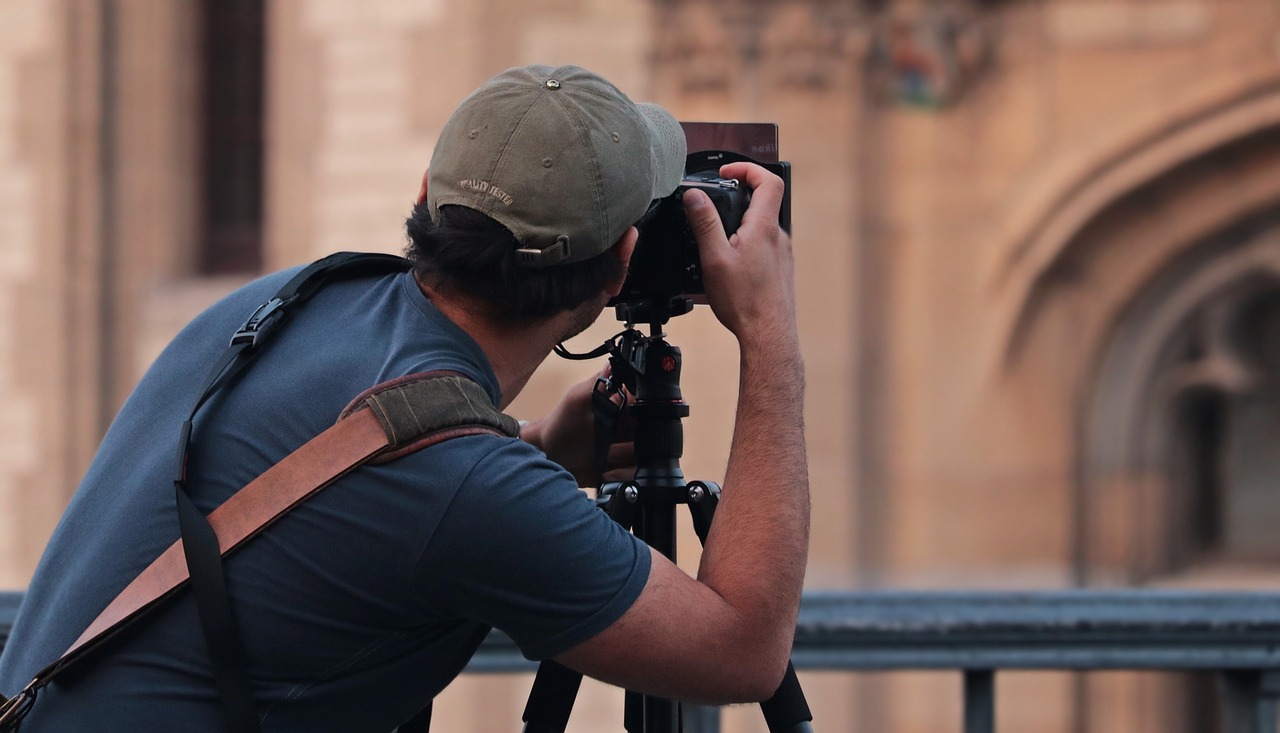Have you always wanted to start a career as a photographer but never knew how to do it? You seem to be doing everything right, but you don’t like the results? The main problem of a beginner in anything is a lack of knowledge or necessary information. And here everyone decides how to act: to learn from his own mistakes, or to take advice from those who have long been “in business” – they have already had their bumps and know how to act in certain situations. Maybe our tutorial won’t make you a professional photographer, but it will help you take the first step toward a career. To begin with, you can read about photography terminology on Skylum’s blog.
7 best tips just for you
We have prepared some advice for you. We are sure that they will be useful.
- Always take your camera with you. It is a cliche, but very valuable advice that I want to begin this article. Yes, today everyone has a cell phone, but today’s phone models are not yet as advanced as even the cheapest cameras with decent optics. What if something interesting happens and you don’t have anything to shoot it on? Or maybe you saw a stunningly beautiful location, but in the absence of a camera to capture it only in the depths of memory …So once again: always take your camera with you.
- Read the instructions. A camera requires the same attitude as any other piece of equipment. Therefore, the first thing to do after purchasing your camera is to familiarize yourself with its functions. The manuals are designed for people to read and learn all the details of using the equipment and its functions. And do not treat this point lightly. Any camera manual contains the basics, which any local photography school passes off as author information. If you threw out your manual in a fever or it’s in a language you can’t read, don’t worry. Your way is to go to the manufacturer’s website and literally in three or four steps you are the happy owner of your camera manual.
- Use RAW photography. Imagine that a JPG is a printed image from the era of film cameras. It’s hard to edit. The best you can do with it is to draw a mustache barbarically on happy faces with a marker pen. RAW, on the other hand, is a negative. It allows you to adjust color, contrast, brightness, and shadows, without losing image quality. With this format, you can save even a quite hopeless picture. The only nuance, and you will soon get used to the fact that there is no step in photography without nuances, is that the RAW format is very heavy. Approximately one megapixel in your camera equals one megabyte in a raw format file. Accordingly, if your camera has the option to set the RAW + JPG option, use that. JPG is for photo selection, and RAW is for processing.
- Think carefully when buying a tripod. Do you need it? You won’t know until you figure out what style of photography you’ll be devoting your time to. For nature, night scenes, and object photography, a tripod is a must. But in portrait or travel photography it’s a liability. So don’t rush into buying a tripod when you’re starting in photography.
- Remember that if you shoot only in JPG, you must turn off the effects. You won’t be able to correct them later in processing. At the same time, if you shoot in RAW+ JPG, you can include any filter, be it sepia or black and white film.
- Lenses can be divided into wide-angle, portrait, and telephoto. Each serves its purpose. You remember that there is nothing without nuances in photography, right? Choose a lens based on what or who you are going to shoot. Wide-angle lenses are used for nature and interiors, portrait lenses are used for people photography. So decide on your subject first, and then on the equipment, you need. And remember, you don’t have to buy the whole line of lenses first. A basic 18-55 lens (available from almost all manufacturers, it’s cheap and usually included in the starter kit) and a creative 50mm lens with an aperture of 1.4 will be sufficient. It is with the latter you will be able to make nice portraits with a blurred background. And then, after a while, you’ll figure out for yourself what kind of lens you’re missing to capture your preferences.
- Explore the functions of the lens. Stabilization, macro, etc. Knowing what you can do with a particular lens will make it that much easier to take beautiful pictures. There are lenses for everything from shooting molecules to photographing exploding galaxies and black holes.
Conclusion
Discipline is important in training. You get better with each new shoot. Your skills develop when you pay attention to them. Invest your time and money in learning. And you can learn photography terminology and theory on Skylum’s blog. This will allow you to learn the basics faster so you can start practicing.

